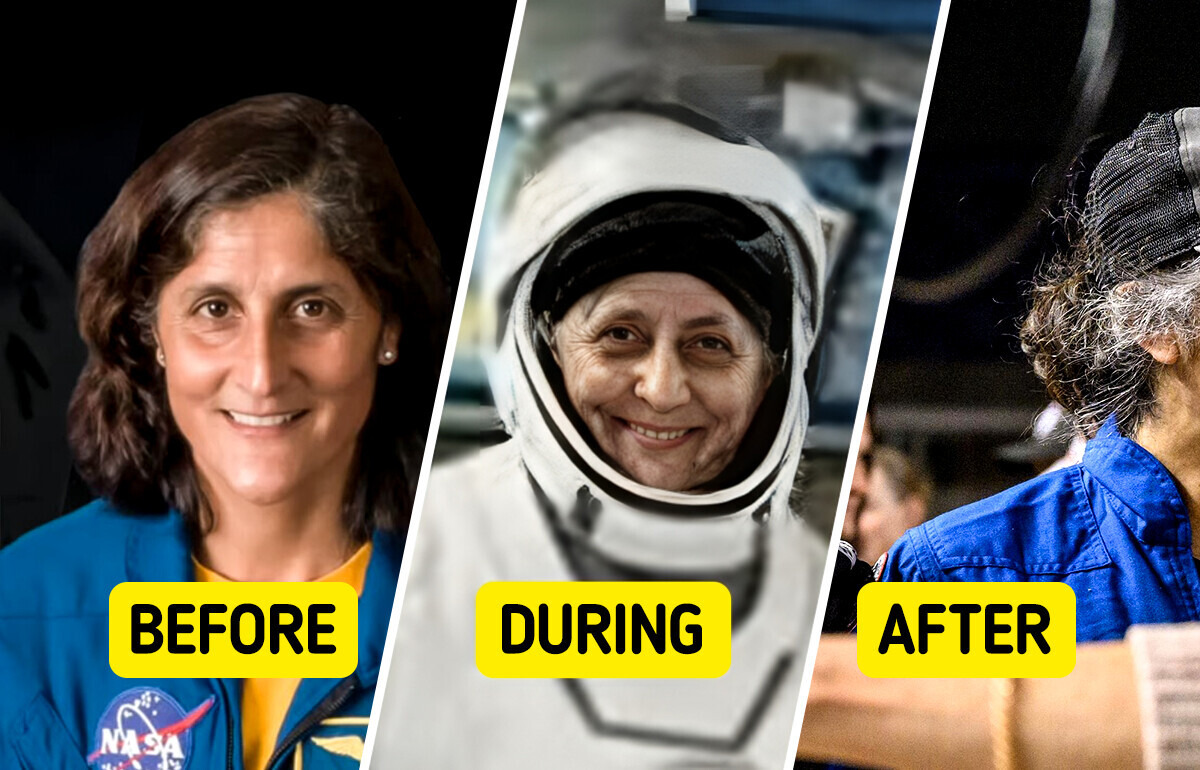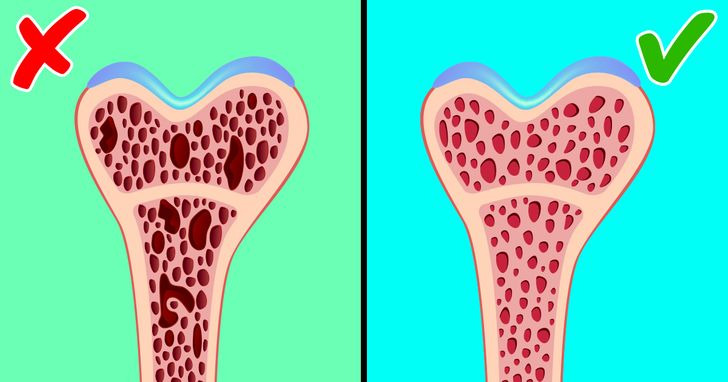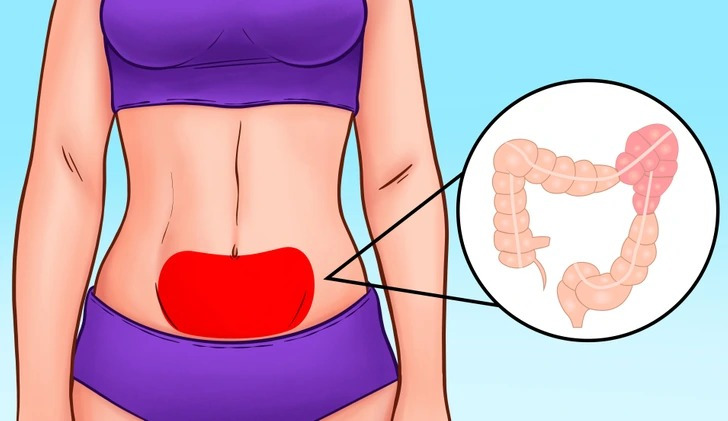Grey’s Anatomy Star Eric Dane Speaks Out on His Terminal Disease at 52


What started as a short, routine mission turned into an unexpected odyssey. Astronauts Butch Wilmore and Suni Williams were launched into space on June 5, 2024, for just 10 days aboard the ISS—but a malfunction changed everything. With NASA grounding their return, they ended up spending an incredible 286 days in orbit, making history in the most unexpected way.
🛰️ So what exactly happens to the human body after floating in microgravity for that long? We’ve got the answers. It turns out, you don’t need to be a rocket scientist to find this fascinating. Just click, scroll, and be amazed at what the human body can do when Earth’s gravity takes a break.
In microgravity, the body struggles to regulate its temperature effectively. Astronauts may not feel temperature extremes as accurately, and sweating becomes less efficient. This makes it harder for the body to cool down or warm up properly, increasing the risk of overheating or chills—even inside a controlled spacecraft.

Bones require mechanical stress to maintain their density. In space, the lack of gravity-induced stress results in bone density loss, particularly in weight-bearing bones like the hips and legs. Astronauts can lose about 1% of bone mass per month, a rate significantly higher than the loss observed in elderly individuals on Earth. This reduction increases the risk of fractures and poses challenges for long-duration missions.


During extended space missions, astronauts experience significant changes in their gut microbiome. The balance of bacteria in the digestive system shifts, which can impact digestion, nutrient absorption, immune function, and even mood. NASA continues to study how to maintain a healthy microbiome in space environments, especially for long-term missions to Mars or the Moon.
Without gravity compressing the spine, astronauts can experience a height increase of up to 3% over the first 3 to 4 days of weightlessness in space. This is due to the changes in the spinal column. Upon returning to Earth, gravity restores their original height within a few days.
In microgravity, the heart doesn’t work as hard to pump blood upward, leading to a slight decrease in heart muscle mass and volume. This can result in low blood pressure and dizziness upon return to Earth’s gravity. However, most astronauts’ cardiovascular systems readjust over time, especially with proper rehabilitation.
Spaceflight-Associated Neuro-ocular Syndrome refers to vision changes experienced by astronauts during and after extended missions. The upward fluid shift increases pressure on the optic nerve, leading to swelling, flattening of the eyeball, and vision impairment. While some effects are temporary, there is concern about potential long-term vision issues.
In microgravity, muscles no longer bear the weight they do on Earth, leading to muscle atrophy. Astronauts can lose up to 20% of their muscle mass in just 5 to 11 days without regular exercise. To combat this, crew members engage in approximately two hours of daily exercise using specialized equipment like treadmills and resistance devices. Despite these efforts, some muscle loss is inevitable, necessitating rehabilitation upon return to Earth.
Here you can find 9 crazy facts about the universe we bet you didn’t know.











